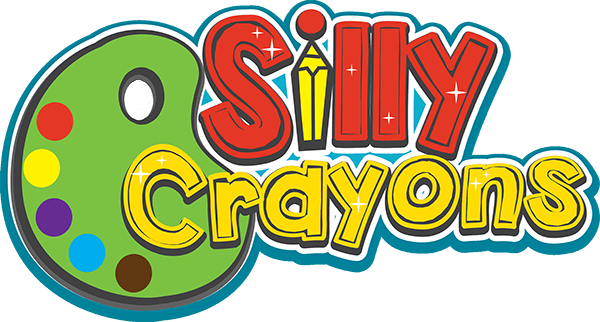Colors are more than just visual elements; they possess a remarkable ability to influence our emotions, perceptions, and even behaviors. This power of colors is particularly evident in children’s art, where vibrant hues can evoke joy, excitement, and curiosity. Delving into the psychology of colors in children’s art opens a fascinating world of understanding how color choices impact young minds.
The Spectrum of Emotions
Colors have a direct impact on emotions. Bright reds can evoke energy and passion, while calm blues promote relaxation and tranquility. In children’s art, using warm colors like red, orange, and yellow can evoke a sense of playfulness, enthusiasm, and happiness. These colors are often used to depict scenes of joy, friendship, and adventure, appealing to children’s natural exuberance.
Learning and Cognitive Development
Colors play a significant role in enhancing cognitive development in children. Vibrant and contrasting colors can stimulate the brain, promoting attention and concentration. In educational materials, colors are often used to highlight important information and concepts. Incorporating different colors into children’s art can help reinforce learning and make the experience more engaging.
Expressing Creativity and Imagination
Children are inherently imaginative, and colors play a pivotal role in expressing their creativity. When given a blank canvas and a wide palette of colors, children can freely explore and experiment, translating their imaginative ideas into colorful artworks. The use of unconventional colors can reflect their unique perspectives and unfettered creativity, fostering a sense of self-expression and individuality.
Cultural and Symbolic Meanings
Colors carry cultural and symbolic meanings that vary across different societies. Exploring these meanings through art can expose children to diverse cultures and perspectives. For instance, in some cultures, white represents purity and innocence, while in others, it signifies mourning. Through exposure to various cultural interpretations of colors, children can develop empathy and a broader understanding of the world around them.
Mood and Atmosphere
Colors contribute to setting the mood and atmosphere of a scene in children’s art. Cool colors like blue and green can create a calming and peaceful ambiance, perfect for serene landscapes or quiet moments. Warm colors, on the other hand, can evoke excitement and energy, suitable for scenes of action and adventure. By selecting appropriate colors, children can effectively convey the emotions and ambiance they wish to depict in their artwork.
Encouraging Emotional Expression
Children’s art is a safe space for emotional expression, and colors can help amplify those emotions. Darker shades might be used to represent sadness or mystery, while lighter tones can signify happiness and positivity. Teaching children to use colors to express their feelings fosters emotional intelligence and communication skills, enabling them to articulate their emotions through visual language.
The psychology of colors in children’s art is a captivating realm that showcases the impact of colors on young minds. Whether through enhancing emotions, promoting cognitive development, or facilitating creative expression, colors play an integral role in shaping children’s artistic experiences. By understanding the significance of color choices, parents and educators can encourage children to explore, experiment, and express themselves through a vibrant world of colors.
